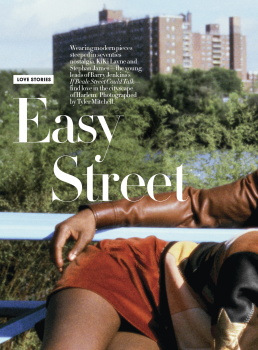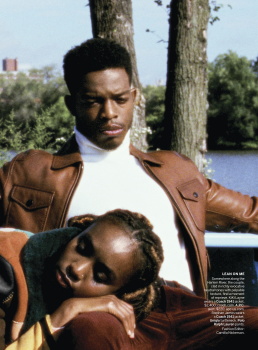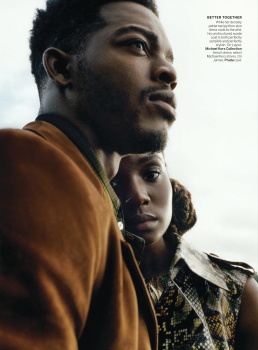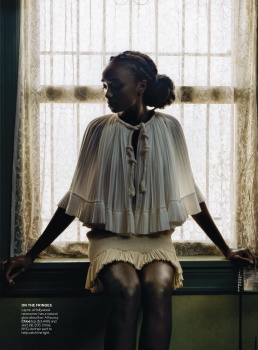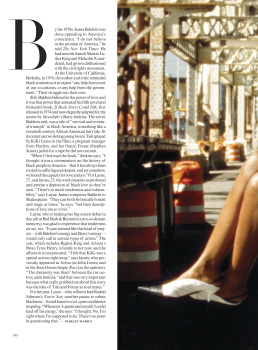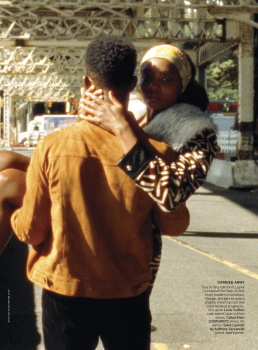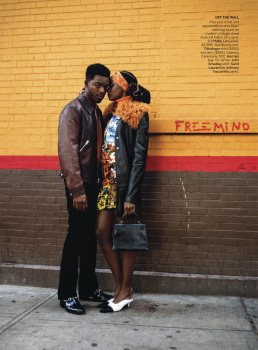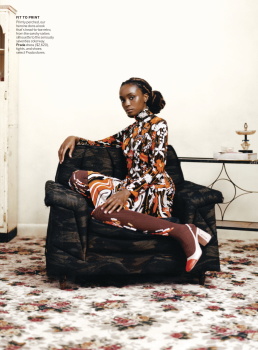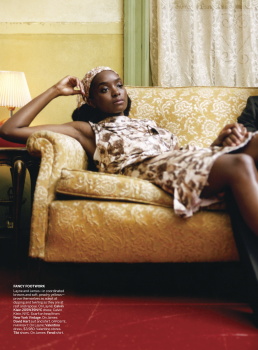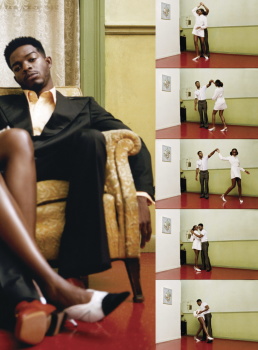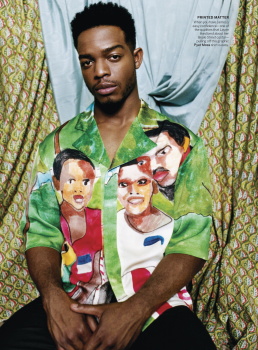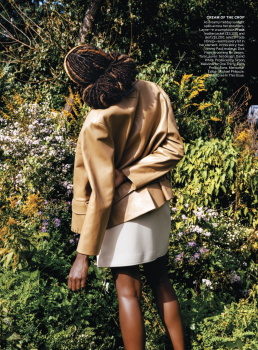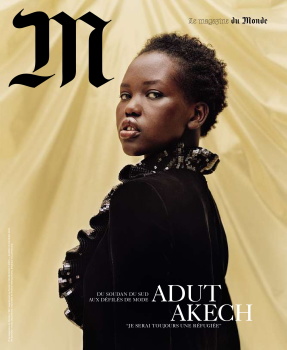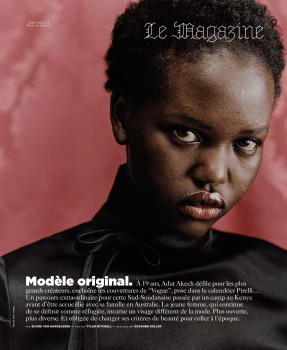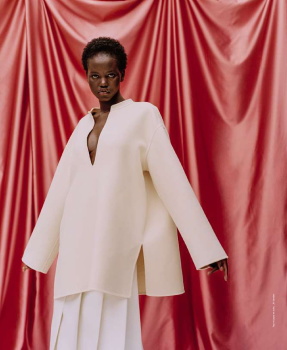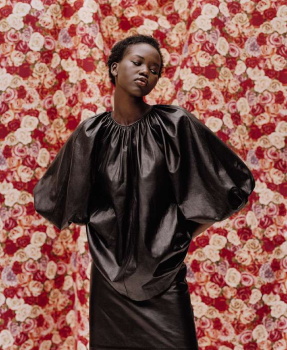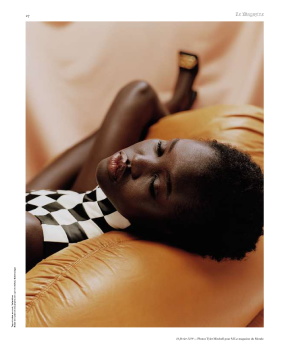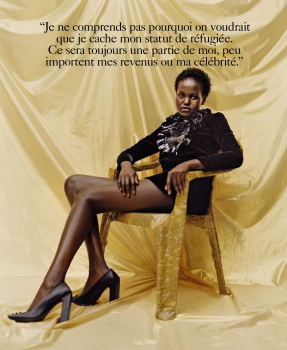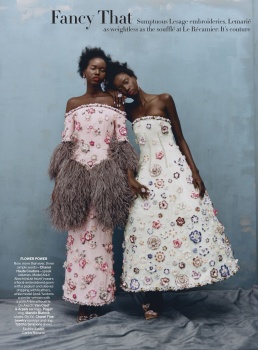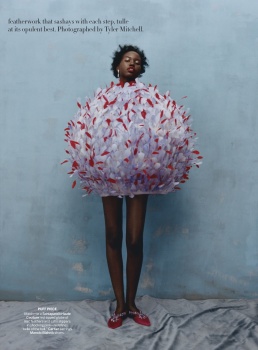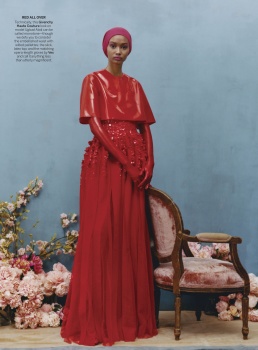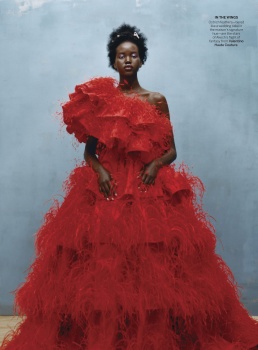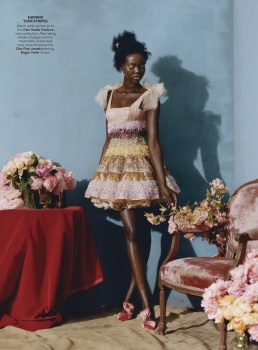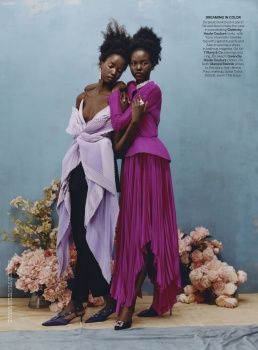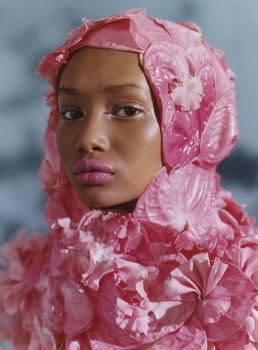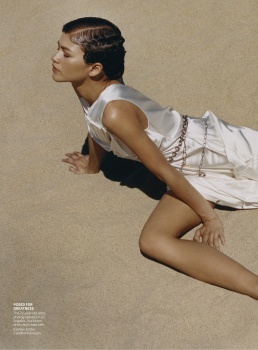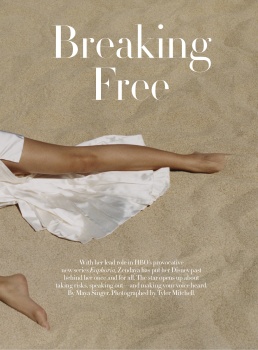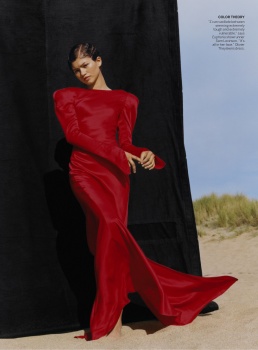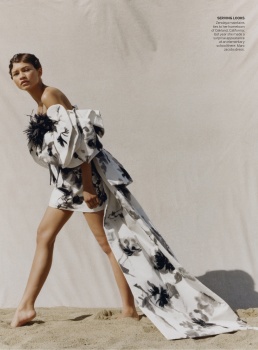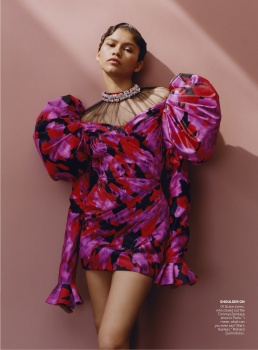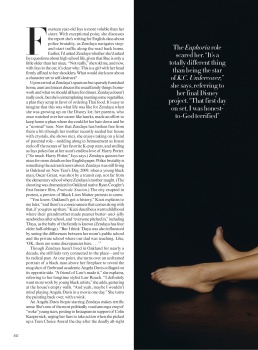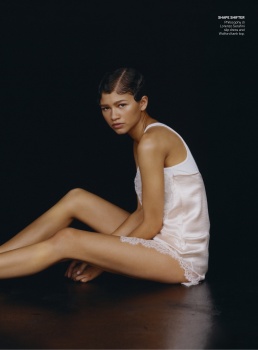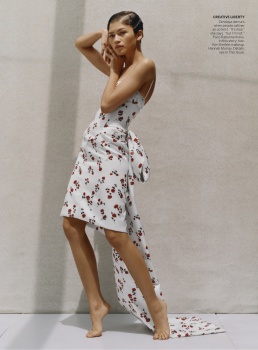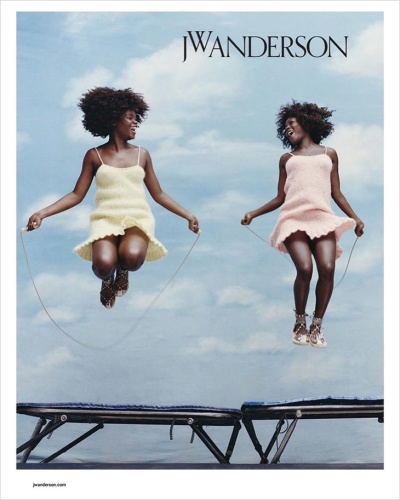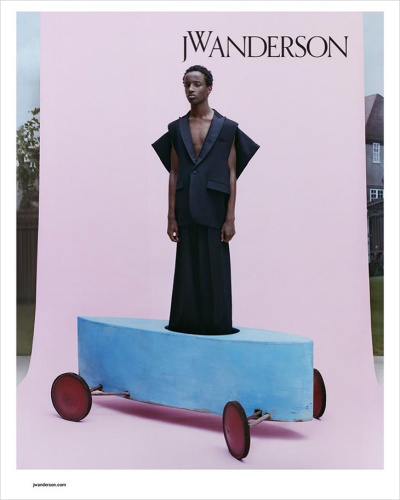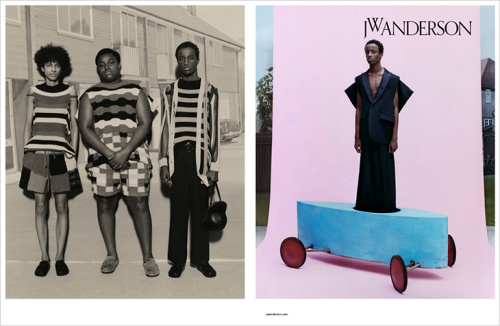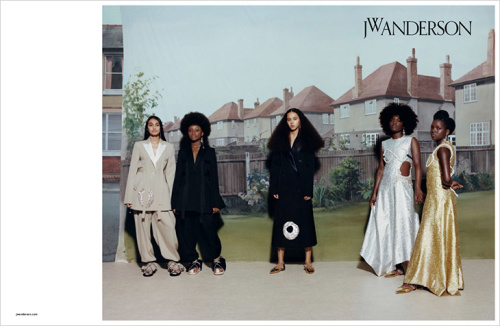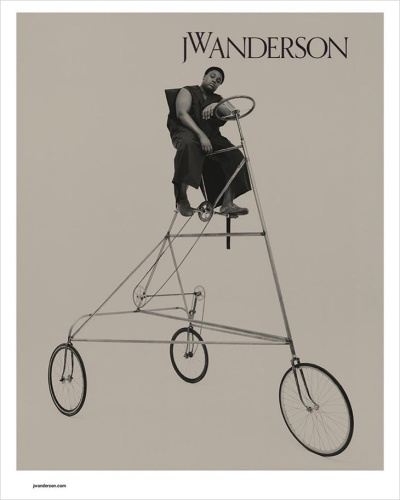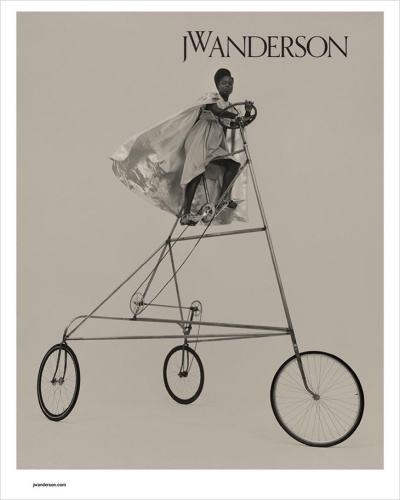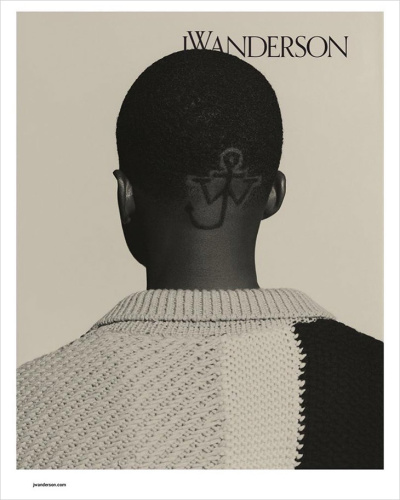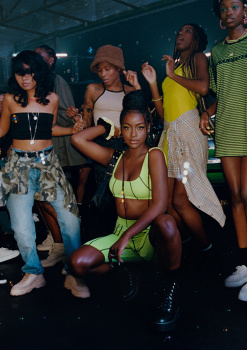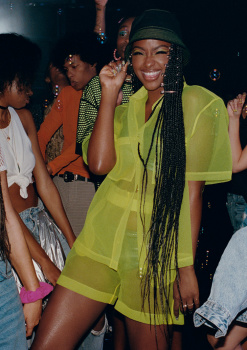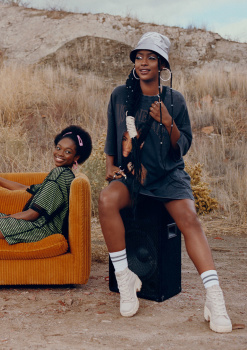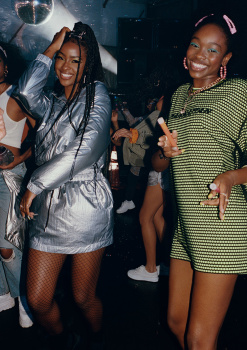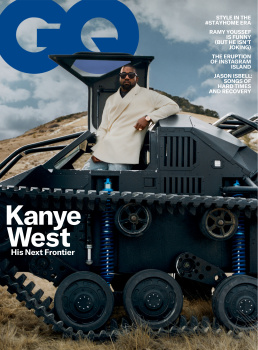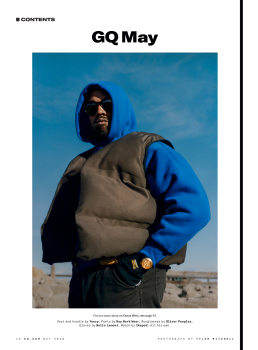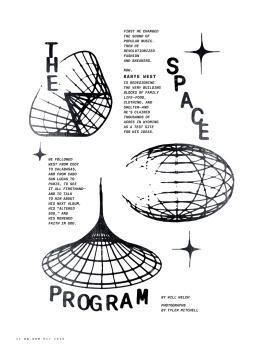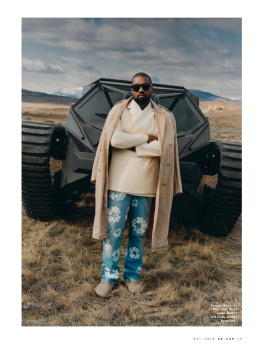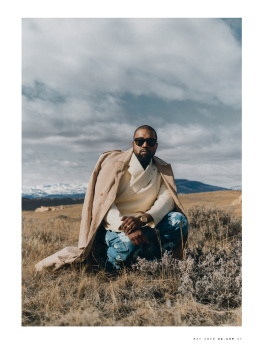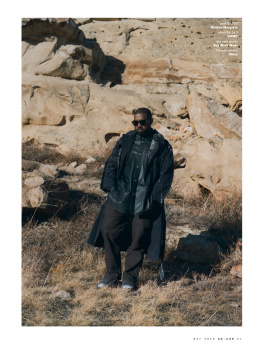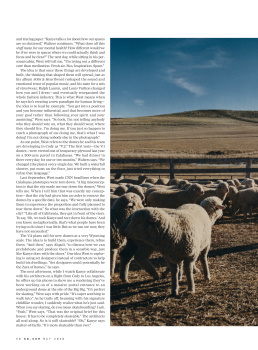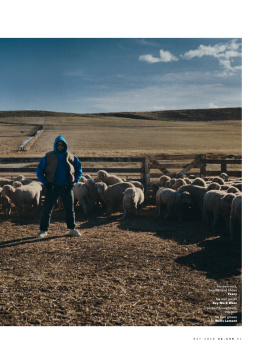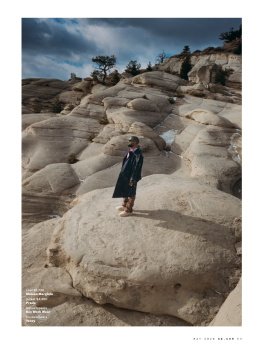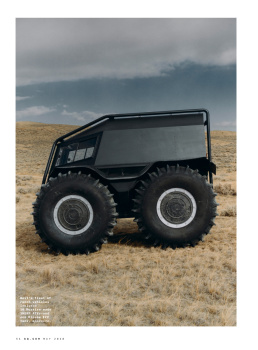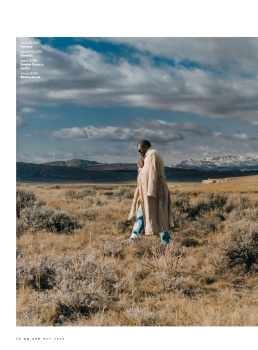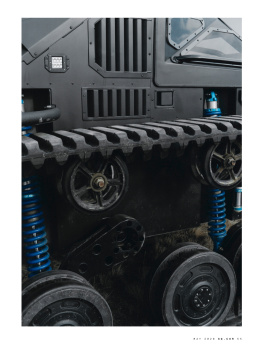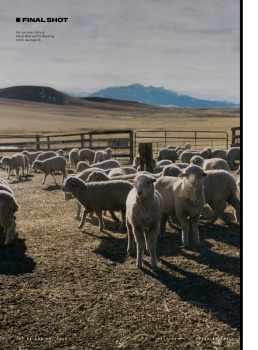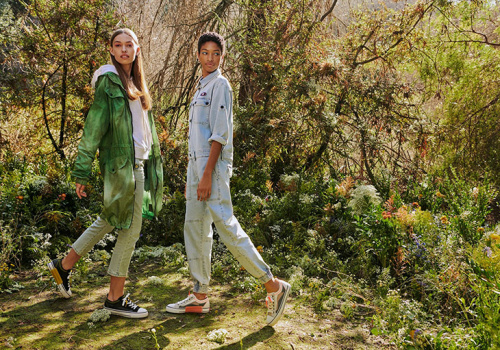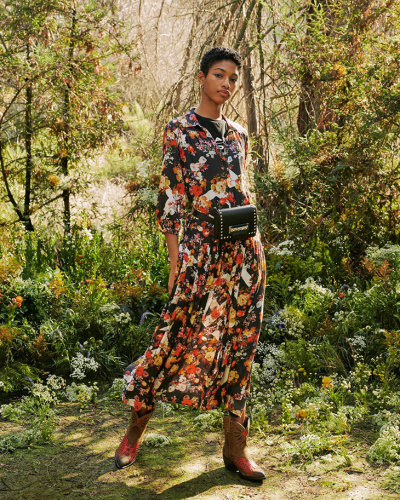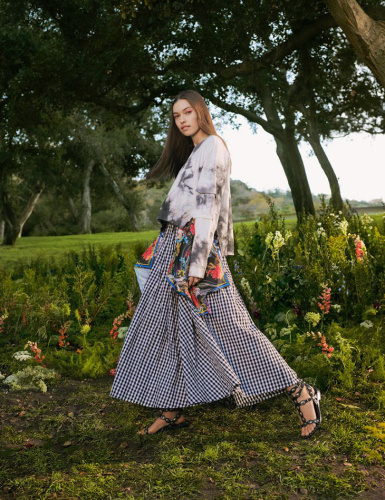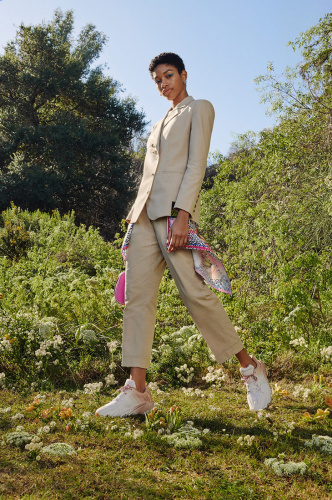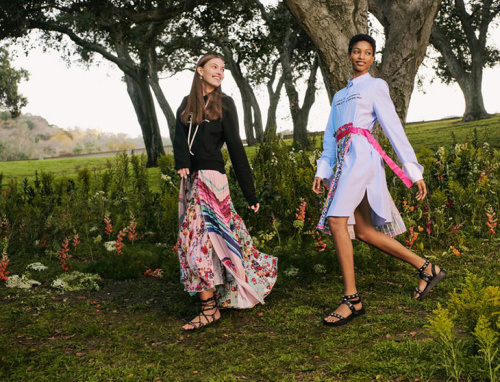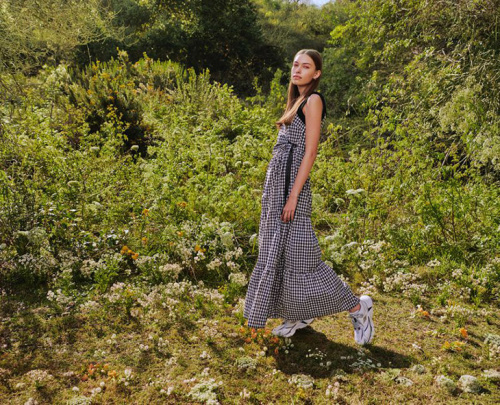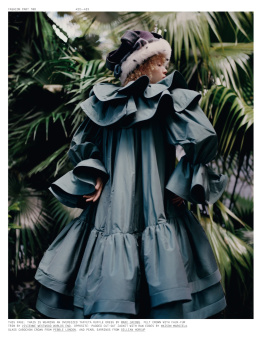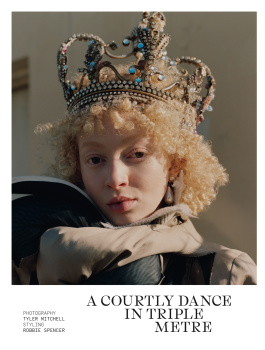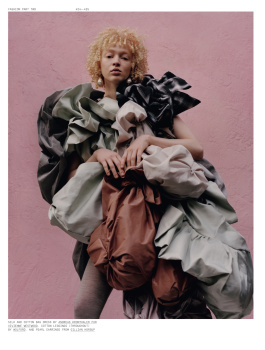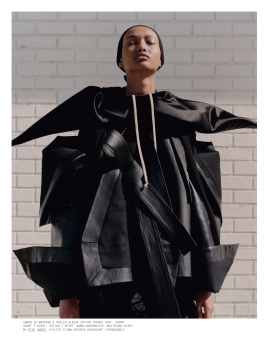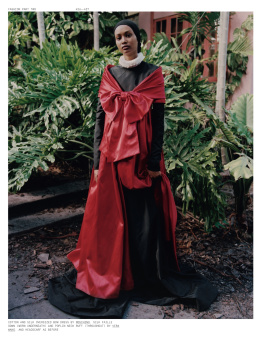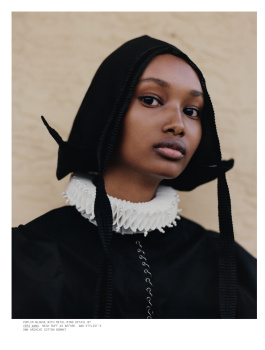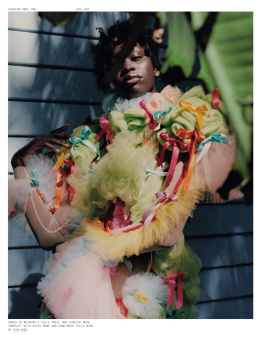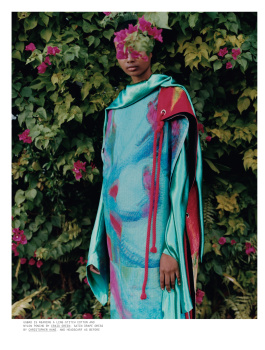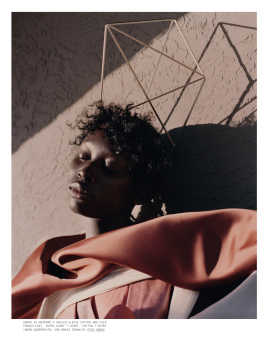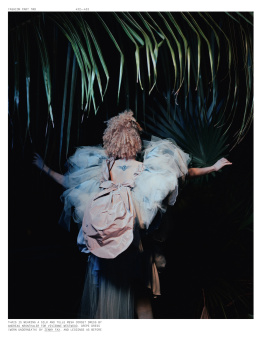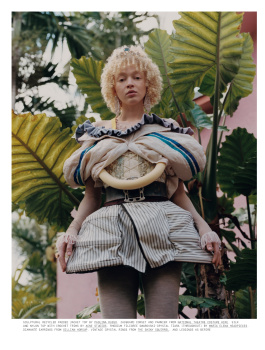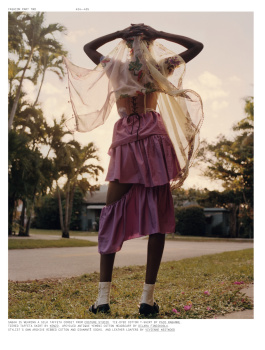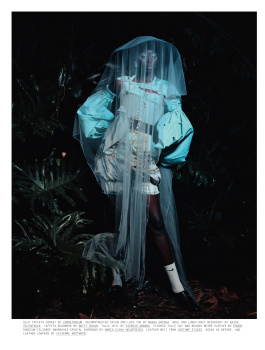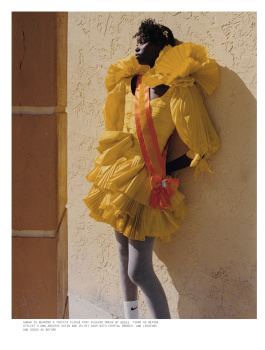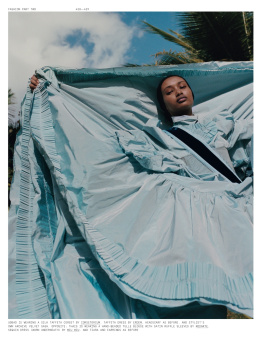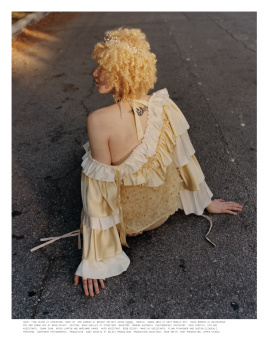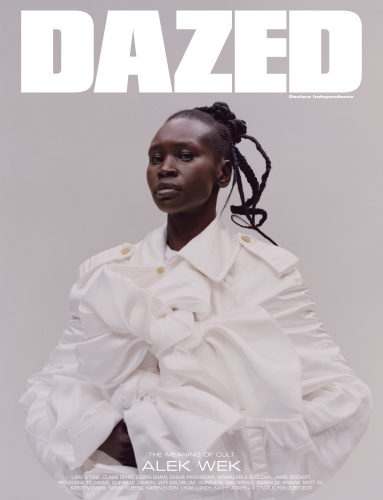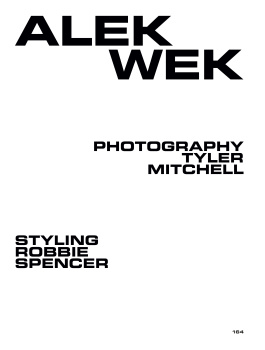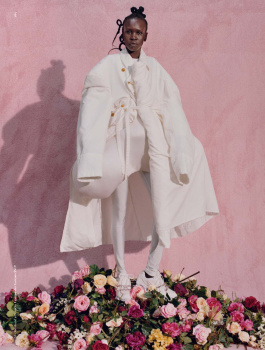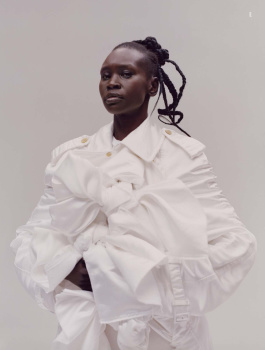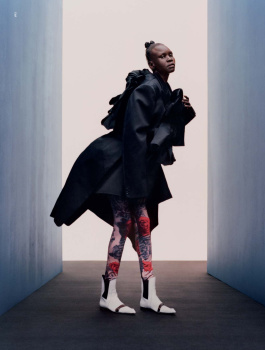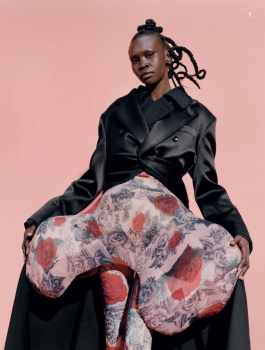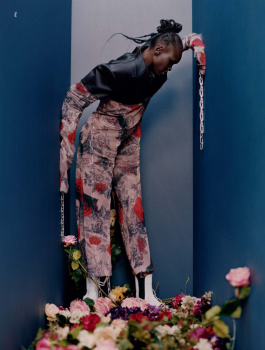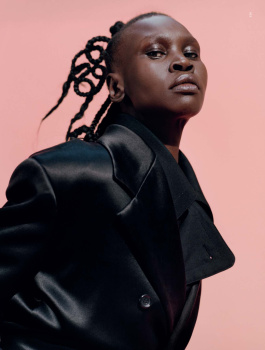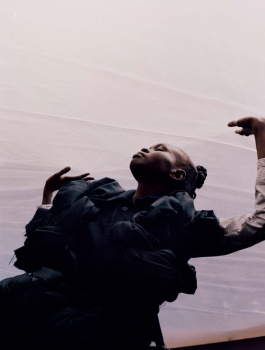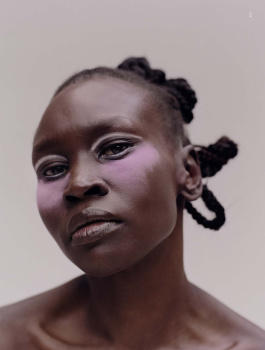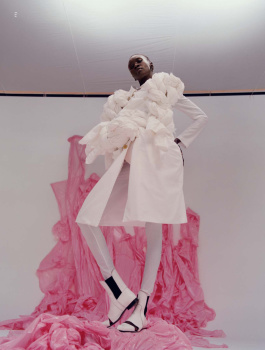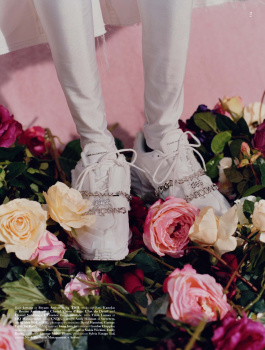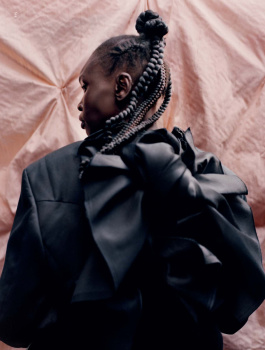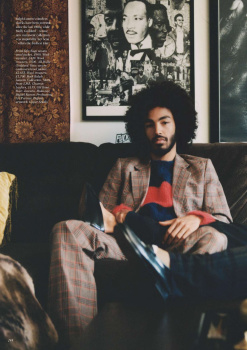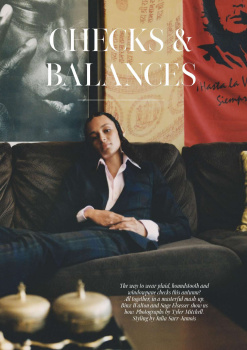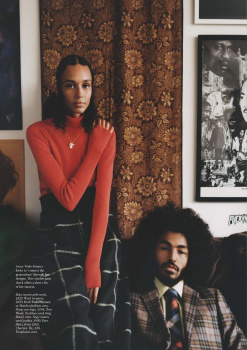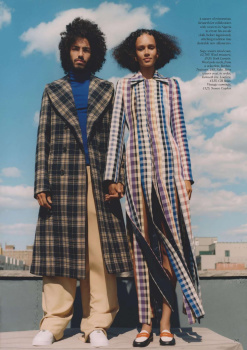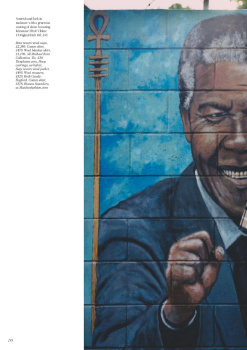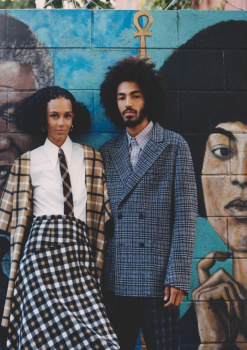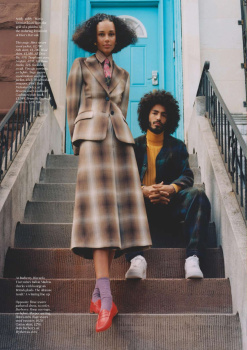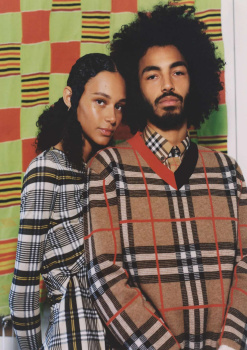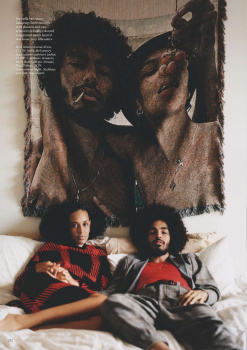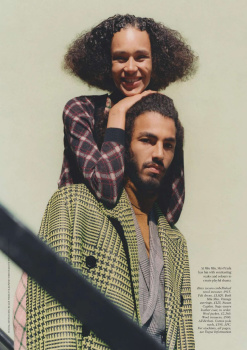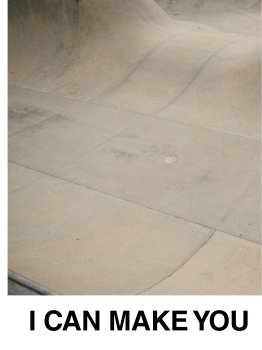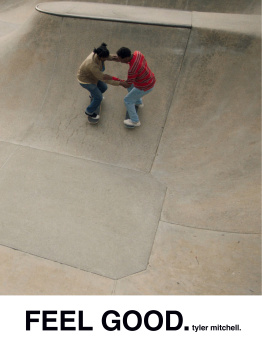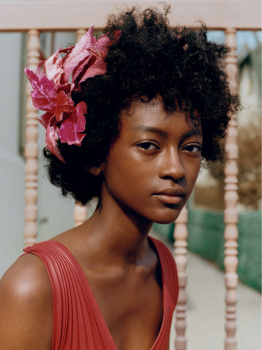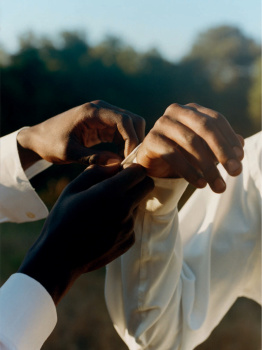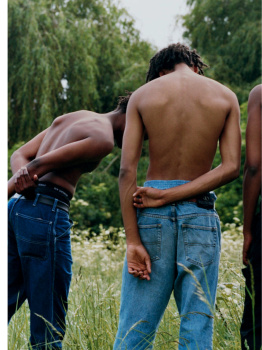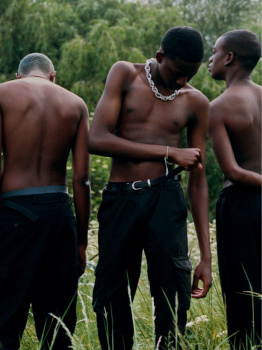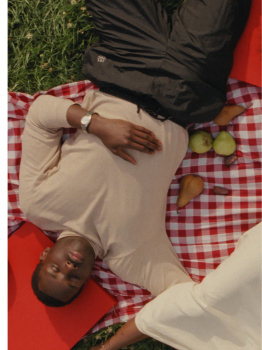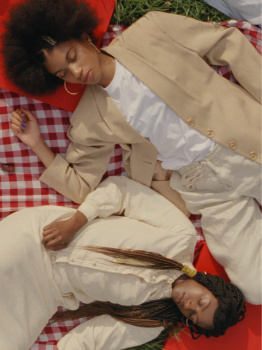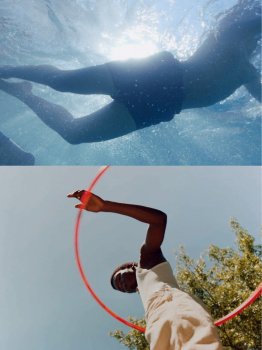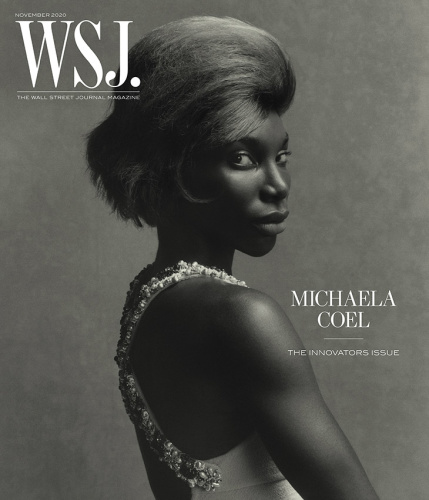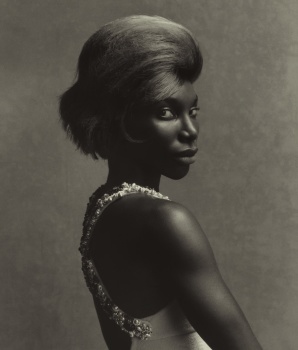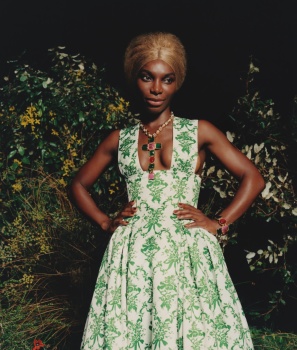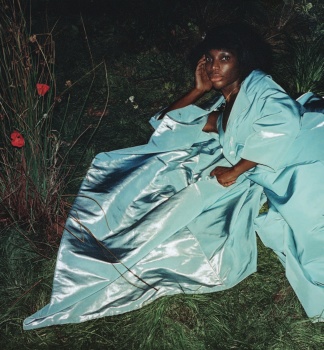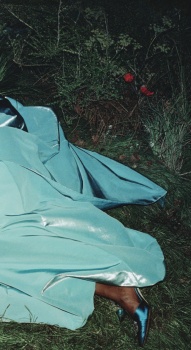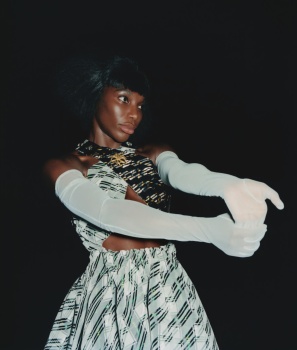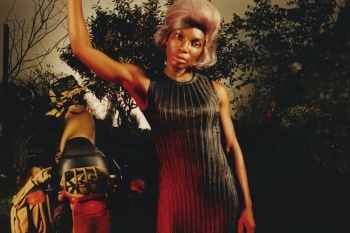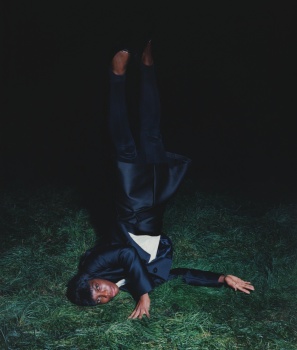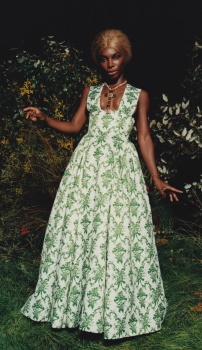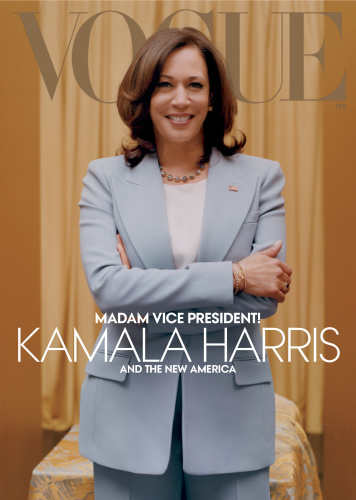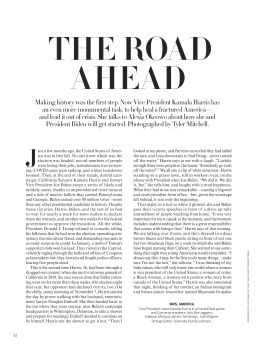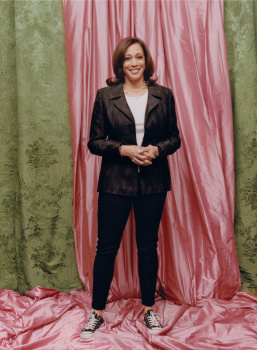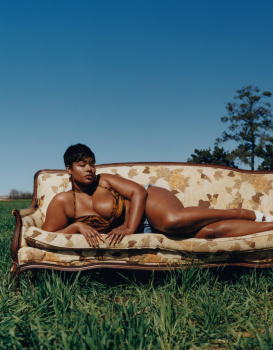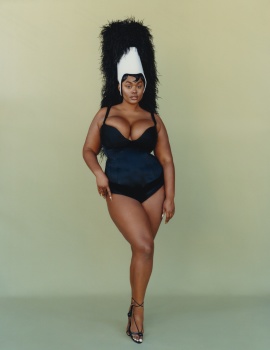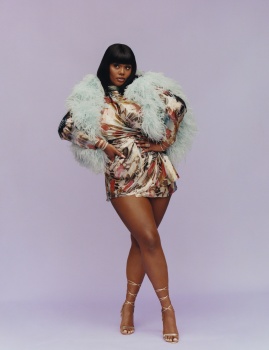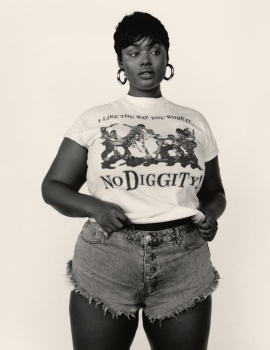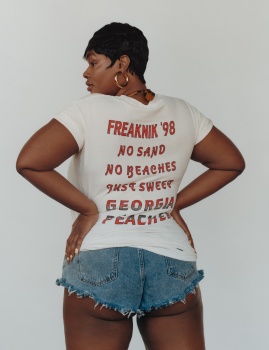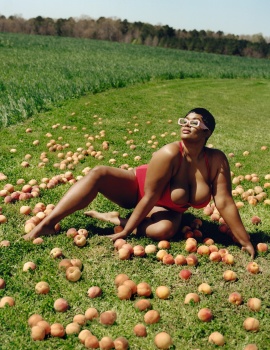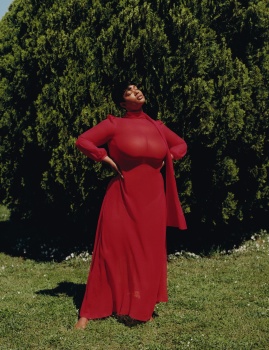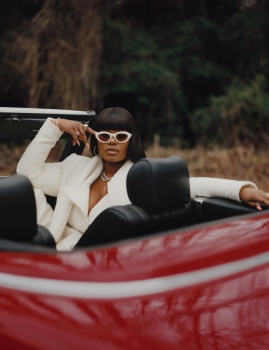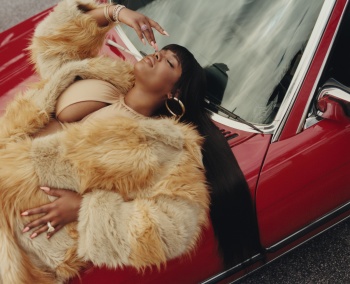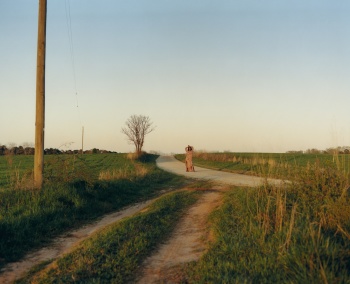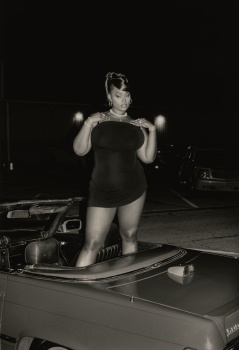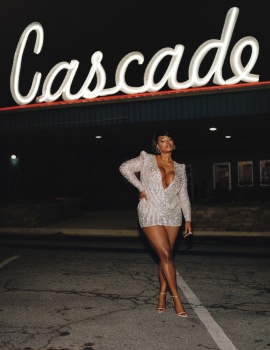-
Share with us... Your Best & Worst Collections of Haute Couture F/W 2025.26
You are using an out of date browser. It may not display this or other websites correctly.
You should upgrade or use an alternative browser.
You should upgrade or use an alternative browser.
Tyler Mitchell - Photographer
- Thread starter Benn98
- Start date
Benn98
Well-Known Member
- Joined
- Aug 6, 2014
- Messages
- 42,534
- Reaction score
- 20,638
Document Journal #13 F/W 2018
Photographer: Tyler Mitchell
Stylist: Sarah Richardson
Hair: Shingo Shibata
Make up: Kanako Tanase
Cast: Adut Akech, Aicha Mohamed, Anok Yai, Eniola Abioro, Hiandra Martinez, Morocco Britt-El, Xuly Williams, Theresa Hayes, Chad Britton, Fatou Jobe, Chauncey McClure, and Naeem Khaliq and Tyra Mitchell and their children, Ava and Aurora

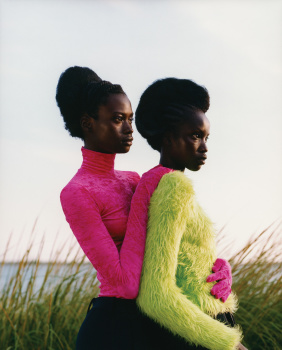
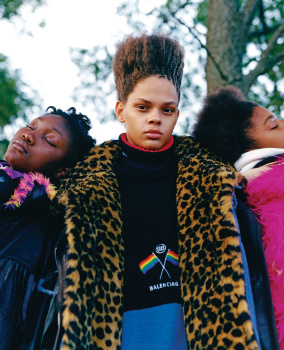
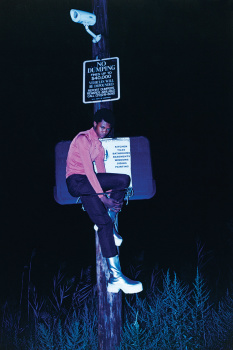
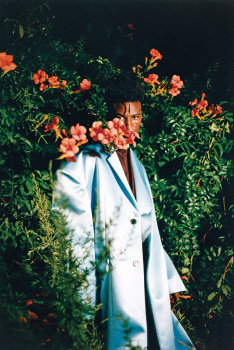
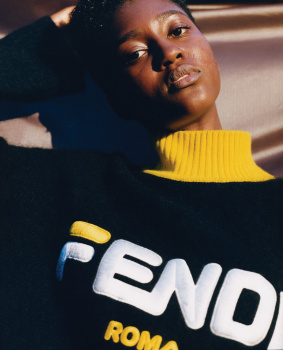
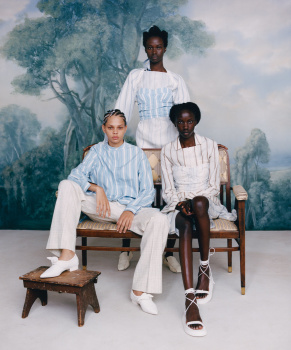
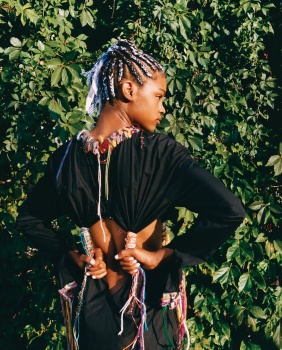
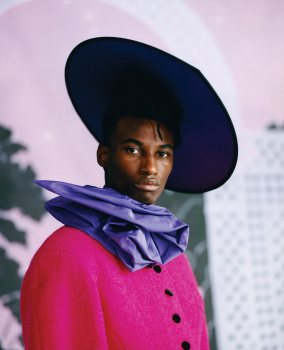
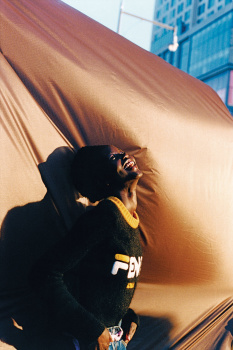
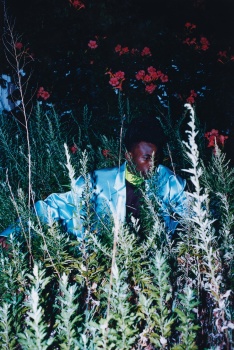
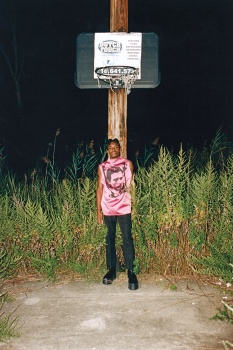
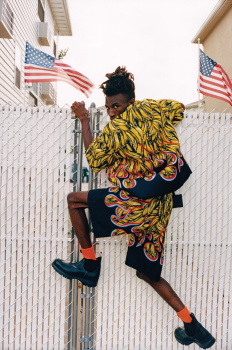
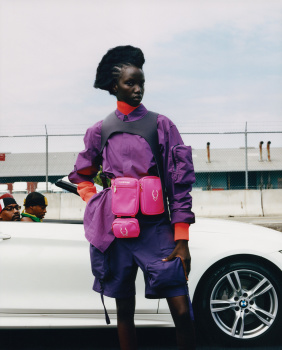
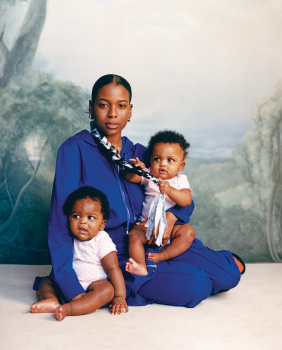

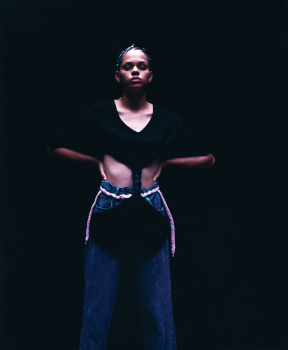
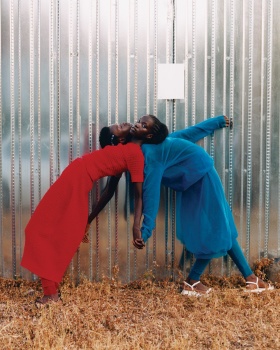
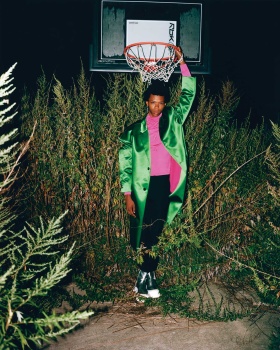
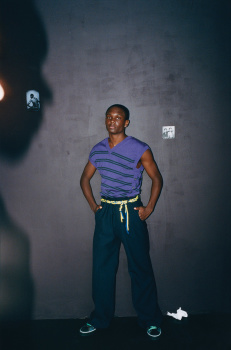
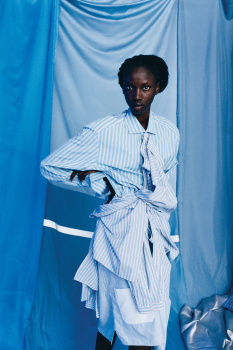

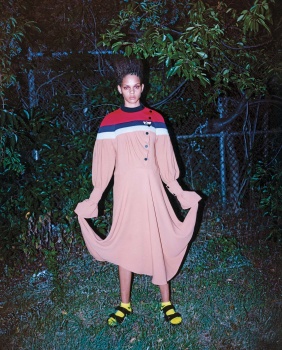
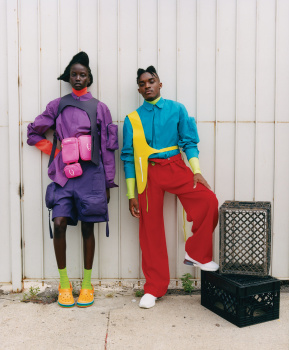
Document Journal.com
Photographer: Tyler Mitchell
Stylist: Sarah Richardson
Hair: Shingo Shibata
Make up: Kanako Tanase
Cast: Adut Akech, Aicha Mohamed, Anok Yai, Eniola Abioro, Hiandra Martinez, Morocco Britt-El, Xuly Williams, Theresa Hayes, Chad Britton, Fatou Jobe, Chauncey McClure, and Naeem Khaliq and Tyra Mitchell and their children, Ava and Aurora
























Document Journal.com
Benn98
Well-Known Member
- Joined
- Aug 6, 2014
- Messages
- 42,534
- Reaction score
- 20,638
Benn98
Well-Known Member
- Joined
- Aug 6, 2014
- Messages
- 42,534
- Reaction score
- 20,638
An Honest Gaze: Tyler Mitchell on Social Media Aesthetics, Artistic Integrity, and that Iconic Beyoncé Cover
OCTOBER 10, 2019 11:42 PM
by JANELLE OKWODU
OCTOBER 10, 2019 11:42 PM
by JANELLE OKWODU
- Tyler Mitchell was handpicked by Beyoncé to shoot the cover of Vogue’s September 2018 issue, he was relatively unknown outside of photography circles. A lot can change in a year. As the first African American to shoot the magazine’s cover, Mitchell made headlines worldwide. A milestone worthy of celebration, the cover, which now hangs in the Smithsonian, propelled him into the spotlight while underscoring the need for representation behind the scenes.
This has been a busy year for Mitchell: He helmed campaigns for JW Anderson and Calvin Klein, captured stars like Alek Wen and Zendaya, and even racked up a second cover for Vogue. Throughout it all, he’s maintained a singular vision focused on bold color, clean composition, and celebrating the beauty of blackness. At Vogue’s Forces of Fashion, Mitchell sat down with Studio Museum of Harlem’s director Thelma Golden to talk about representation, moving freely between film and digital, and the story behind that now-famous shoot.
On the “call to action” that led him to photography.
“It is funny because I don’t know if I am technically an artist. I know I like making images. I know I’m an image-maker, but the world of fine art sometimes feels far away. I grew up with social media as my main inspiration for images and why I felt compelled to make them: looking at pictures on Tumblr by Larry Clark and Ryan McGinley. Those [were] pictures where I saw young people who were free and effortless documented in this very contemporary way. Those were kind of a call to action to make pictures.
A lot of what I felt was lacking in those pictures I’d see on Tumblr was myself. I love Larry Clark’s pictures—and Ryan McGinley’s—but I thought that I was missing the black body within those images, seeing the black body as something that was either expressive, sensitive, or just free.”
On working in multiple disciplines.
“My first interaction with the camera was a DSLR, which always has a video and then a photo button. So when you’re making videos—which was my interest at first, I was watching a lot of skate videos and Spike Jonze movies—you would make them and upload to YouTube, but then you would also play around with the photo feature. My [development in both fields] was simultaneous. While I was going to film school at Tisch, I was sneaking onto the photo floor and scanning pictures and being a renegade while I was making videos. It was always together, and I feel like that is specific to the technology of this day and age. You don’t necessarily think of [filmmaking and photography] as being in the same basket.
My work ultimately does cross a lot of boundaries...within fashion. It also utilizes the tools of documentary. [So] I’m always working on film ideas, videos—ultimately, for me, that seems as simple as breathing air.”
The story behind that Vogue cover.
“It was Raoul Martinez, the creative director of the magazine, who called me first about the opportunity. I was on another shoot. I was already working a lot. I was a year out of school, and I remember I was in Los Angeles. Raoul was very secretive about what the project was, but he just said, could I call you? We spoke while I was on another shoot, and he offered me the commission. He also told me I would be the first African American photographer to shoot the cover of Vogue. So it was already together—I knew the weight of this commission, but in a weird sense, I felt very ready for that.
In a way, I felt very much like the person to do that. It [was] by no accident, the choices I’d made in my images before had led me to that kind of a commission. [First] I asked him if I was being punk’d and, secondly, when are we doing this? Just to make sure it was real—I wasn’t entirely sure until we shot it that it would be real. But sure enough, it was.”
The symbolism of the cover.
“[Before each shoot I do] research, research, and more research of course. I feel that the sentiment going into this shoot, especially even the conversation with Vogue, which was so open and collaborative, was always about making this shoot feel like any one of my other pictures. Pictures that are intimate pictures that feel like my friends are in them, you know, whether that’s Beyonce, a musician, my best friend, or myself within the images; there’s an intimacy and a freedom that we see in the subjects I photograph.
I was looking at a lot at images of working black women. I was looking on Tumblr, going deep into kind of the proverbial space of the laundry line, [exploring] the idea of what the laundry line stands for in the history of black women. Who is that woman who is hanging up that laundry outside in her backyard? So a lot of those symbols [were] worked into the shoot, and you saw it there within the cover of her in the McQueen dress with the pan-African flag colors and the laundry line [in the background].”
On creating with social media in mind.
“I am often designing images with the phone in mind. I’m making images because I look at so many things on my phone. My roommate at NYU used to say I fell asleep with my phone in my hand every night. I’m very much about the kind of use of vibrant color and a use of clean and clear composition that reads well on people’s phones, that reads well as an image [that] is widely disseminated. It’s funny, now that I’m starting to get into printing and kind of framing and presenting things in museum and art context—that’s more foreign to me.”
On the image-makers who inspire his creative output.
“I don’t think of my work as being something that is overtly new. I think it’s working within a history and a lineage of photographers who have come before me: Gordon Parks, who was shooting for the pages of Vogue and Harper’s Bazaar; Roy DeCarava, who was photographing jazz musicians. These were black image makers who set the precedent for what I’m doing now, who were mixing commissioned work, personal work, and blending genres to expand on the lexicon of what black life looks like.”
On what representation means to him.
“There’s this example my friend gave me once: There are two different ways of operating within the world. One is: There are 12 soccer players on a field with one ball, and there’s a goal, and all 12 can see the goal. Then they can quickly put the ball in the goal in two seconds.
There’s another way of operating where you have a group of inmates in prison who can all see the guard with the key, but they can’t see each other, so they’re not able to share information and figure out how to escape. Inclusion is simply the first one. It’s just about sharing more information. It’s about giving other people the visibility of [saying]: Okay, here’s the ball and the goal, and you can actually easily score.”
Benn98
Well-Known Member
- Joined
- Aug 6, 2014
- Messages
- 42,534
- Reaction score
- 20,638
lauralynn025
le monde est à moi
- Joined
- Jun 6, 2020
- Messages
- 316
- Reaction score
- 336
Benn98
Well-Known Member
- Joined
- Aug 6, 2014
- Messages
- 42,534
- Reaction score
- 20,638
Vogue Italia September 2020
*2020 Black Nonsense (The right to articulate an unfinished thought)
Photographer: Tyler Mitchell
Stylist: Carlos Nazario
Hair: Jawara
Makeup: Raisa Flowers
Cast: Tyler Mitchell, Jawara, Alek Wek, Raisa Flowers, Carlos Nazario, Aaron Phillip, Raquel Willis, Indya Moore, Amy Sall, Precious Lee, Paloma Elsesser, Lineisy Monteiro, Eniola Abioro, Mari Taylor, Toni Smith
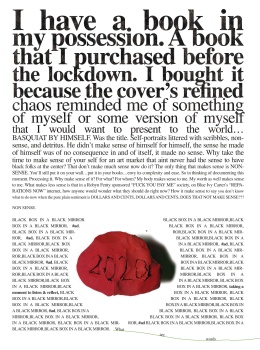
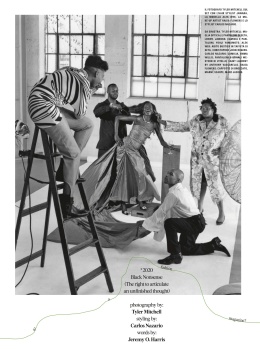
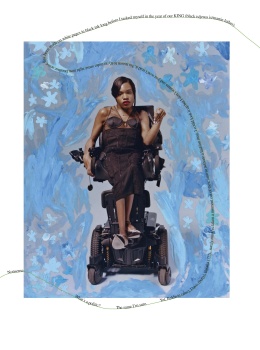
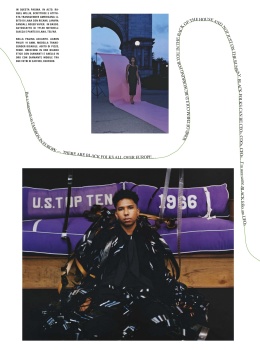
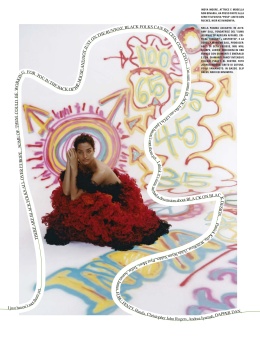
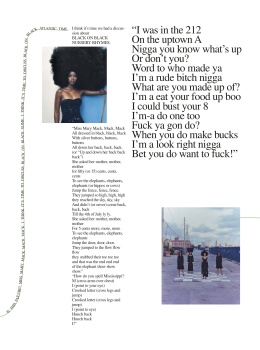
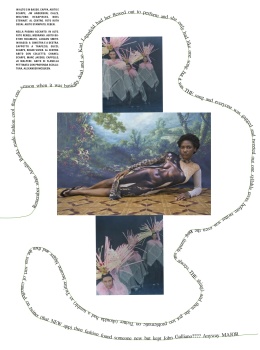
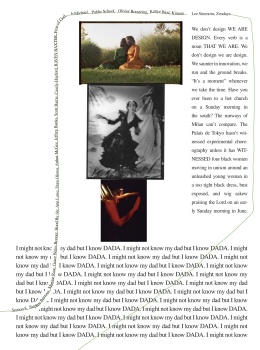
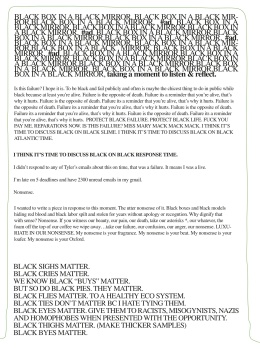
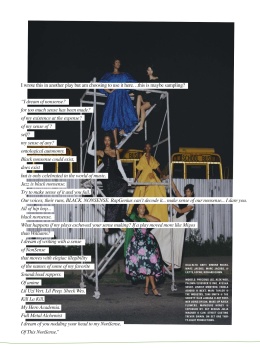
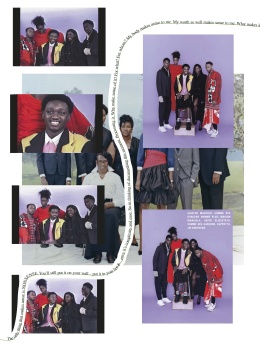
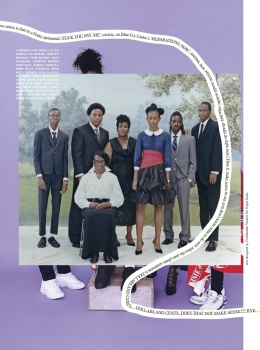
Vogue Italia Digital Edition
*2020 Black Nonsense (The right to articulate an unfinished thought)
Photographer: Tyler Mitchell
Stylist: Carlos Nazario
Hair: Jawara
Makeup: Raisa Flowers
Cast: Tyler Mitchell, Jawara, Alek Wek, Raisa Flowers, Carlos Nazario, Aaron Phillip, Raquel Willis, Indya Moore, Amy Sall, Precious Lee, Paloma Elsesser, Lineisy Monteiro, Eniola Abioro, Mari Taylor, Toni Smith












Vogue Italia Digital Edition
rowjellies
Well-Known Member
- Joined
- Jun 25, 2024
- Messages
- 221
- Reaction score
- 645
-WWDBeyoncé-approved Photographer Tyler Mitchell to Be Honored at Fashion Awards
He will receive the Isabella Blow Award for Fashion Creator at London's Royal Albert Hall on Dec. 2. Previous winners include Campbell Addy, Ib Kamara, Katie Grand, Amanda Harlech, Mert & Marcus, Nick Knight, Pat McGrath, Louise Wilson and Sam McKnight.
truly one of the most boring, overhyped DEI photographers of our time
Similar Threads
Users who are viewing this thread
Total: 1 (members: 0, guests: 1)
New Posts
-
-
-
-
-
Jonathan Anderson - Designer, Creative Director of JW Anderson & Christian Dior (8 Viewers)
- Latest: PDFSD

